Sugarcane farming is a fascinating agricultural practice that involves cultivating Sugarcane, a tall perennial grass known for its sweet juice. The botanical name for Sugarcane is Saccharum officinarum. It belongs to the Saccharum genus and the Poaceae family. Sugarcane cultivation supports rural economies, creating jobs and stimulating local businesses.
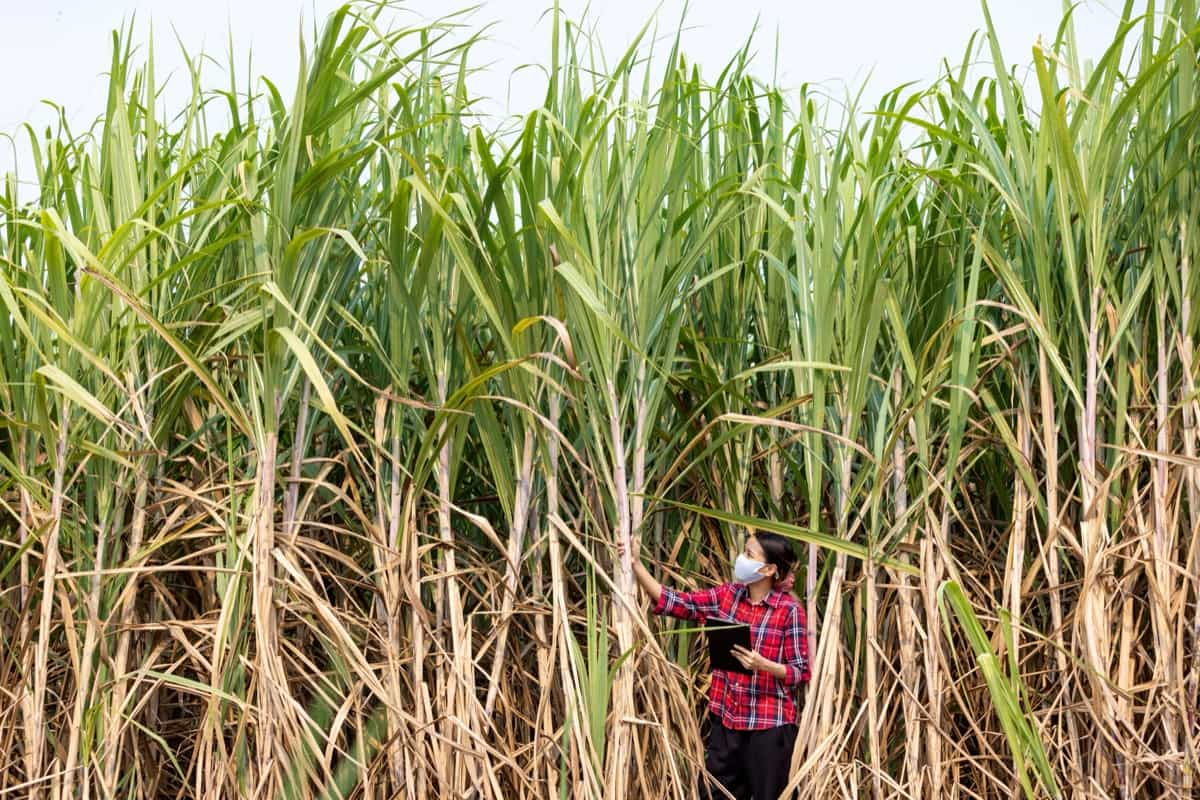
Varieties of Sugarcane
There are various varieties of Sugarcane available, each with its unique characteristics and benefits. Some popular varieties include R570, Co 86032, NCo 310, and CoC 671. These varieties are known for their high sugar content, disease resistance, and adaptability to different climates. Farmers need to carefully select the right variety based on soil type, climate conditions, and market demand.
To choose the most suitable variety for their farm, they must conduct thorough research or seek advice from agricultural experts. Experimenting with different varieties can also help farmers improve their yield and quality over time. By diversifying the types of Sugarcane grown on their farms, farmers can mitigate risks associated with pests or diseases that may target specific varieties.
Climate Requirements for Sugarcane
Sugarcane thrives in warm and humid regions, ideal for regions with temperatures from 20 to 30°C. It requires an average annual rainfall of about 1000-1500 mm, evenly distributed throughout the growing season. Excessive moisture can lead to waterlogging, affecting root development and overall plant health. Alternatively, prolonged dry spells can hinder growth and reduce sugar content in the stalks.
Sugarcane also prefers well-drained soils with good fertility levels. It can tolerate a wide range of soil types, but sandy loam or clay loam soils are considered most suitable for cultivation. Due to consistent temperatures, Sugarcane can be grown year-round in tropical areas. However, in subtropical regions, planting usually takes place at the beginning of the rainy season to ensure optimal growth conditions throughout the crop cycle.
Soil Preparation for Sugarcane
Before planting your Sugarcane, it’s essential to ensure that the soil is well-drained and has good fertility levels. Start by testing the soil pH level to determine if any amendments are needed. Sugarcane thrives in slightly acidic soils with a pH range of 5.5 to 6.5. If adjustments are necessary, consider adding lime or sulfur accordingly.
In case you missed it: High-Yielding Sugarcane Varieties in India: Hybrid Cultivars for Increases Profits
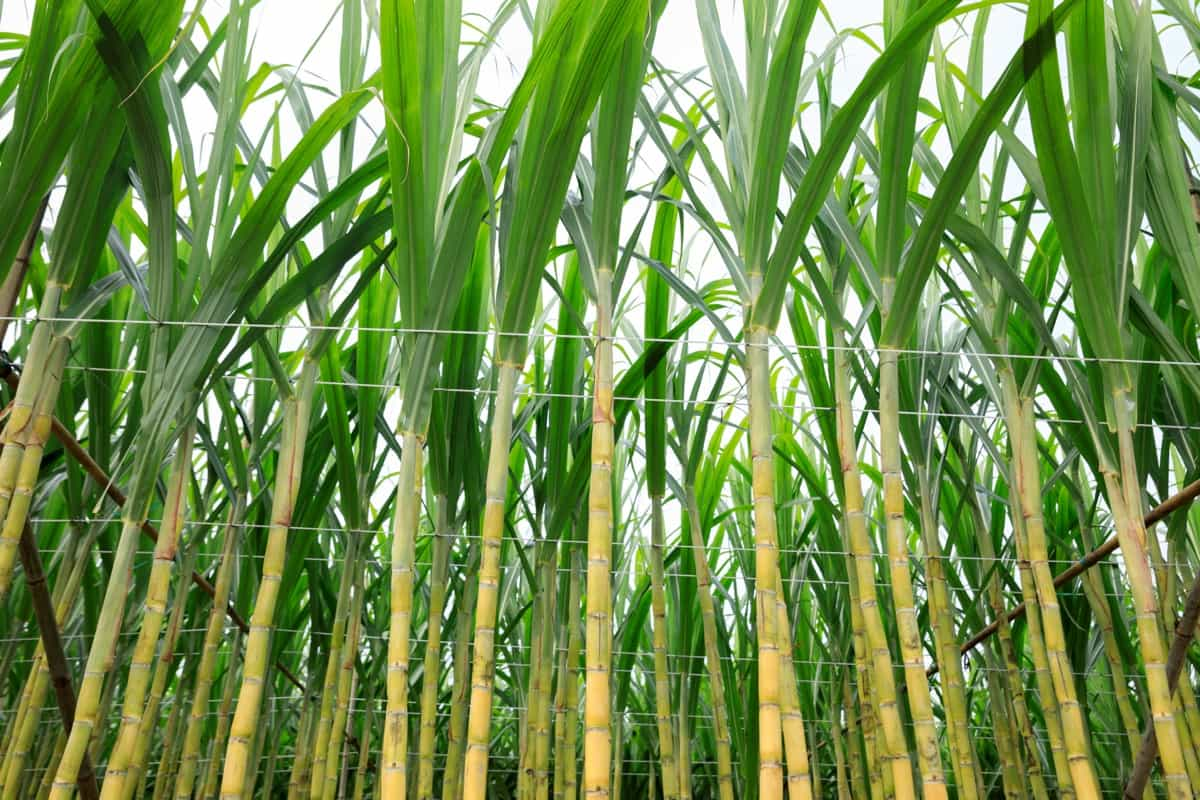
Next, plow the land thoroughly to break up any compacted soil layers and promote better root growth. Remove any weeds or debris that could hinder the development of your Sugarcane plants. Incorporate organic matter like compost or manure into the soil to improve its nutrient content. This will help provide nutrients for healthy plant growth throughout the growing season.
Planting Techniques
There are key techniques that can make a difference in the success of your crop. Selecting healthy, disease-free seed cane for planting is essential. This ensures a strong start for your crop. Next, prepare the soil thoroughly by tilling and adding organic matter to provide vital nutrients for the growing Sugarcane.
Planting should be done during the optimal season when temperatures are warm and rainfall is consistent. Plant each set or bud at an adequate depth with proper spacing between plants to allow room for growth. After planting, ensure proper irrigation practices to keep the soil moist but not waterlogged. Regular monitoring of moisture levels is crucial throughout the growth stages.
Irrigation Practices
Irrigation practices play a major role in ensuring optimal growth and development of the crop. Adequate water supply is essential for Sugarcane plants to thrive and produce high yields. Sugarcane requires consistent watering throughout its growing cycle, especially during dry periods. Drip irrigation or sprinkler systems are commonly used methods to provide the necessary moisture directly to the plants’ roots. Proper irrigation scheduling is key to preventing water stress and optimizing Sugarcane plant nutrient uptake.
Monitoring soil moisture levels regularly can help farmers adjust their irrigation practices accordingly. Overwatering must be avoided as it can lead to waterlogging, which may result in root rot and decreased oxygen availability for the plant roots. Finding the right balance in watering frequency and volume is essential for healthy Sugarcane crops.
Fertilization Strategies
Fertilizers provide essential nutrients like nitrogen, phosphorus, and potassium that are necessary for the development of strong Sugarcane plants. Different varieties may require varying fertilizer formulations, so it’s important to understand the specific needs of your chosen variety. Soil testing is key in determining the nutrient levels in your soil and identifying any deficiencies that need to be addressed through fertilization.
By applying the right fertilizers at the right time and in the right amounts, you can optimize plant growth and maximize sugar production. Organic fertilizers can also benefit Sugarcane. They improve soil health by promoting microbial activity and enhancing plant nutrient availability.
In case you missed it: Weed Management in Sugarcane Farming: How to Control with Organic, Chemical and Cultural Practices
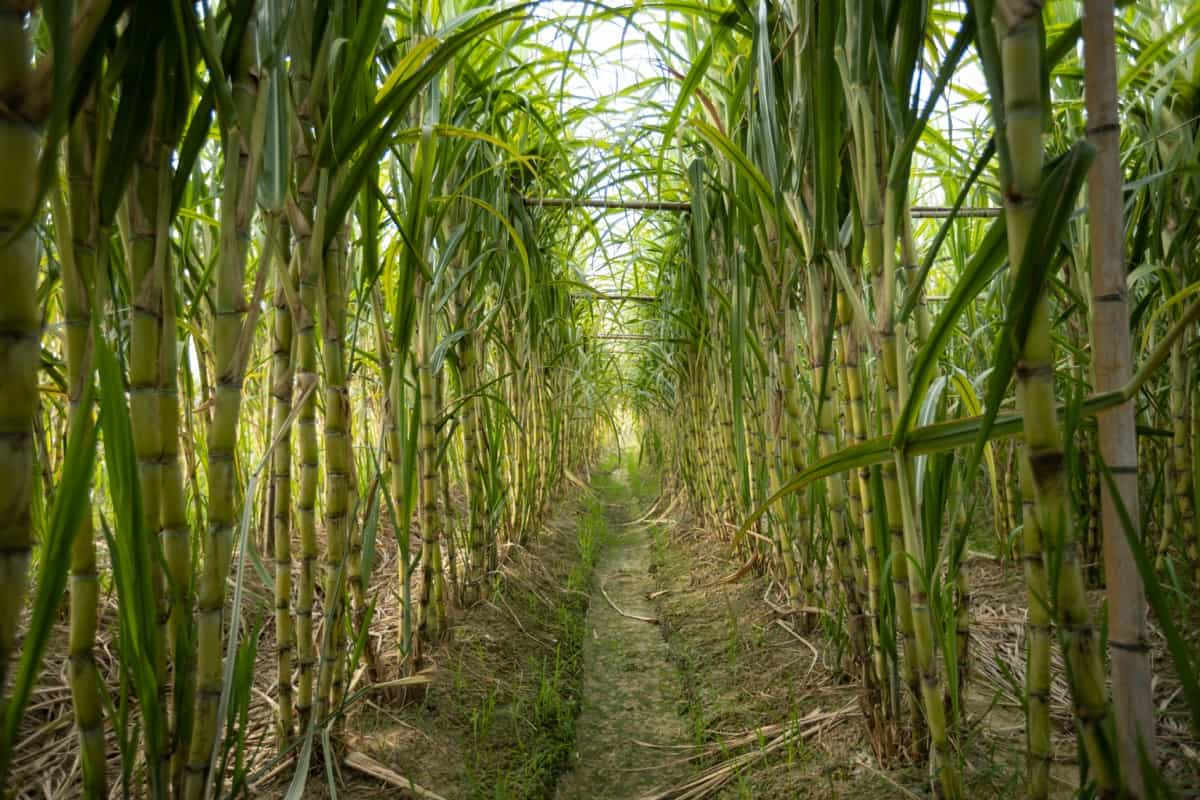
Balancing chemical and organic fertilizers can create a sustainable approach to nourishing your Sugarcane crop while minimizing environmental impact. Remember, a well-planned fertilization strategy tailored to your specific growing conditions can make all the difference in achieving a successful Sugarcane harvest.
Pest Management
Pests can pose a threat to your Sugarcane crop, causing damage and reducing yield. Implementing effective pest management strategies is crucial to ensure a healthy harvest. The common pest in Sugarcane farming is the Sugarcane borer, which tunnels into the stalks and weakens the plant. Integrated pest management practices can be utilized to combat these pests. These practices involve using cultural, biological, and chemical control methods to minimize pest populations.
Cultural practices such as maintaining proper field sanitation can help reduce pest habitats. Biological controls involve introducing natural predators or parasites that feed on pests without harming the crop. Additionally, selective pesticide application can target specific pests while minimizing environmental impact. Regular monitoring of pest populations is essential for early detection and intervention before infestations occur.
Disease Control
If not managed effectively, diseases can significantly impact the yield and quality of Sugarcane crops. The common disease in Sugarcane is smut, which can cause deformed growth and reduce sugar content. To combat this, farmers can use resistant varieties or fungicides as preventive measures. Another prevalent disease is rust, characterized by orange pustules on leaves. Proper sanitation practices and timely application of fungicides can help prevent its spread. Leaf scald is yet another concern for Sugarcane farmers.
It causes leaves to turn yellow, leading to reduced photosynthesis. Monitoring plant health regularly and implementing appropriate treatments are essential for controlling leaf scald. By being proactive in identifying potential diseases early on and implementing effective control measures, farmers can protect their Sugarcane crops from devastating losses.
Weed Management
Weed management is a crucial aspect of Sugarcane farming that requires careful attention and proactive measures. Weeds compete with Sugarcane plants for nutrients, water, and sunlight, which can significantly impact the yield and quality of the crop. The effective method of weed control in Sugarcane fields is through manual weeding, where weeds are physically removed by hand or using tools. This method helps prevent weed growth from overtaking the Sugarcane plants.
In case you missed it: Top 24 Steps to Boost Sugarcane Yield: How to Increase Production, Size, and Quality
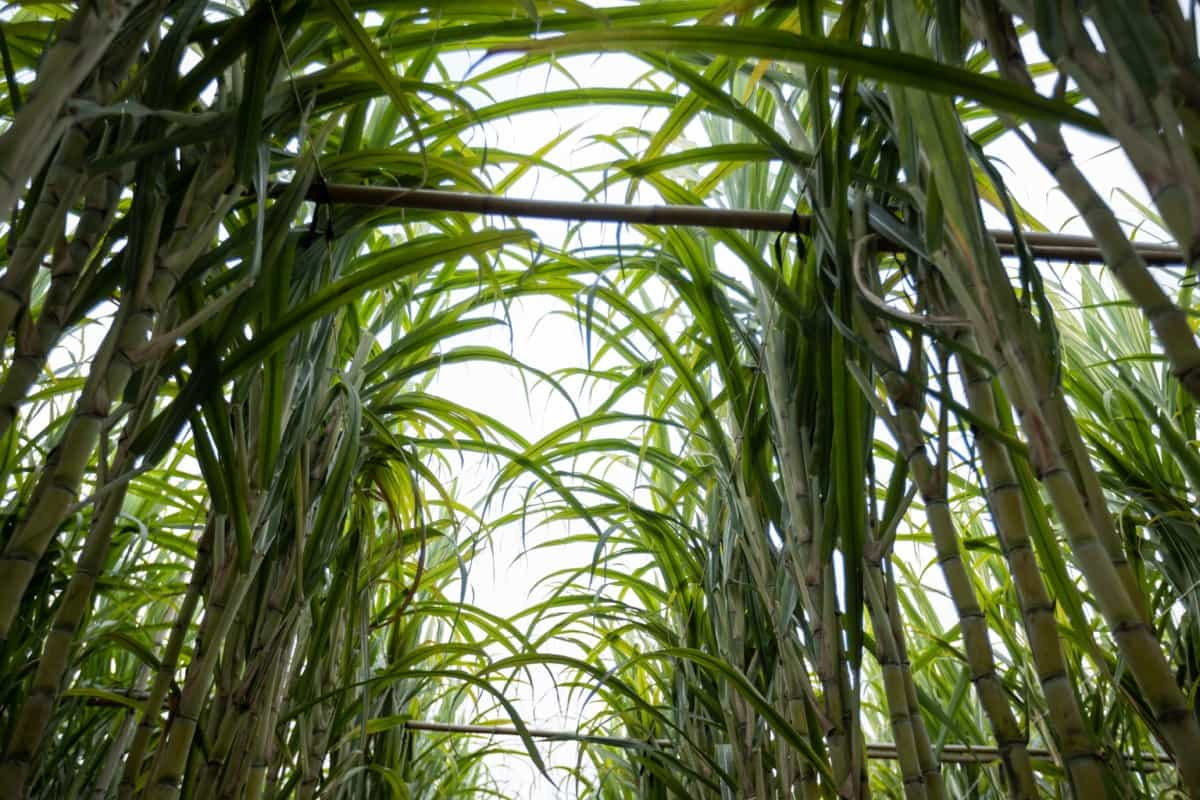
Another approach to weed management is to use herbicides that target weeds while minimizing harm to the Sugarcane crop. Proper application guidelines are essential when using herbicides to ensure effectiveness and safety. Additionally, practicing good crop rotation and maintaining proper spacing between Sugarcane rows can help reduce weed infestations by limiting opportunities for weed growth.
Growth Monitoring and Care
Keep an eye out for any signs of nutrient deficiencies or pest infestations that could hinder its growth. Check the soil moisture to ensure your Sugarcane plants are getting adequate water. Adjust irrigation practices accordingly based on weather conditions and plant needs. Prune any dead or diseased leaves to promote healthy growth and prevent diseases in your Sugarcane crop.
Consider implementing organic fertilizers to provide essential nutrients for optimal growth and yield. Monitor the effectiveness of your fertilization strategies through plant observation and soil testing. Stay proactive in weed management by regularly removing unwanted plants that are competing with your Sugarcane for resources like sunlight, water, and nutrients.
Harvesting Techniques
The ideal time to harvest is when the cane reaches optimal maturity, usually around 12-18 months after planting. Harvesting Sugarcane too early can result in lower sugar content, while waiting too long can lead to deteriorating quality. The common method of harvesting Sugarcane is manual cutting using machetes or specialized knives. This traditional approach requires skilled laborers who carefully cut the stalks close to the ground without damaging them.
Another modern technique involves mechanical harvesters that streamline the process and increase efficiency on larger farms. After harvesting, it’s essential to transport the Sugarcane quickly to processing facilities for extraction. Proper storage is key to preserving sugar content and preventing deterioration before processing begins. Efficient harvesting techniques not only ensure a successful yield but also play a vital role in maintaining the quality of the final product – sugar!
Post-Harvest Handling
After the hard work of growing and harvesting Sugarcane, post-harvest handling is crucial to maintain quality. Once harvested, the Sugarcane stalks need to be transported quickly to processing facilities to avoid deterioration. The stalks are then cleaned and stripped of leaves before being crushed to extract the juice. This juice goes through various stages of purification to obtain raw sugar crystals. The leftover fibrous material, known as bagasse, can be used for producing biofuels or as a renewable energy source in cogeneration plants.
Moreover, molasses, another by-product obtained during sugar production, is often used in animal feed or alcohol distillation processes. Efficient post-harvest handling ensures maximum resource utilization and minimizes waste and environmental impact. By carefully managing this stage of the Sugarcane farming process, farmers can contribute to sustainable agricultural practices and the industry’s economic viability.
Sugarcane By-Products
Sugarcane farming yields sweet, juicy stalks and various valuable by-products that are utilized in different industries. The most common by-product is bagasse, the fibrous residue left after extracting Sugarcane juice. Bagasse has multiple uses, including as a renewable source for bioenergy production and as a material in paper and pulp manufacturing.
Molasses is another important by-product of Sugarcane farming. This thick, dark syrup obtained during sugar processing is widely used in food production as a sweetener and flavor enhancer. Additionally, molasses serves as an essential ingredient in the distillation of rum and other alcoholic beverages.
In case you missed it: Best Fertilizer for Sugarcane: Organic, Biofertilizers, NPK, Compost Manure, and Schedule
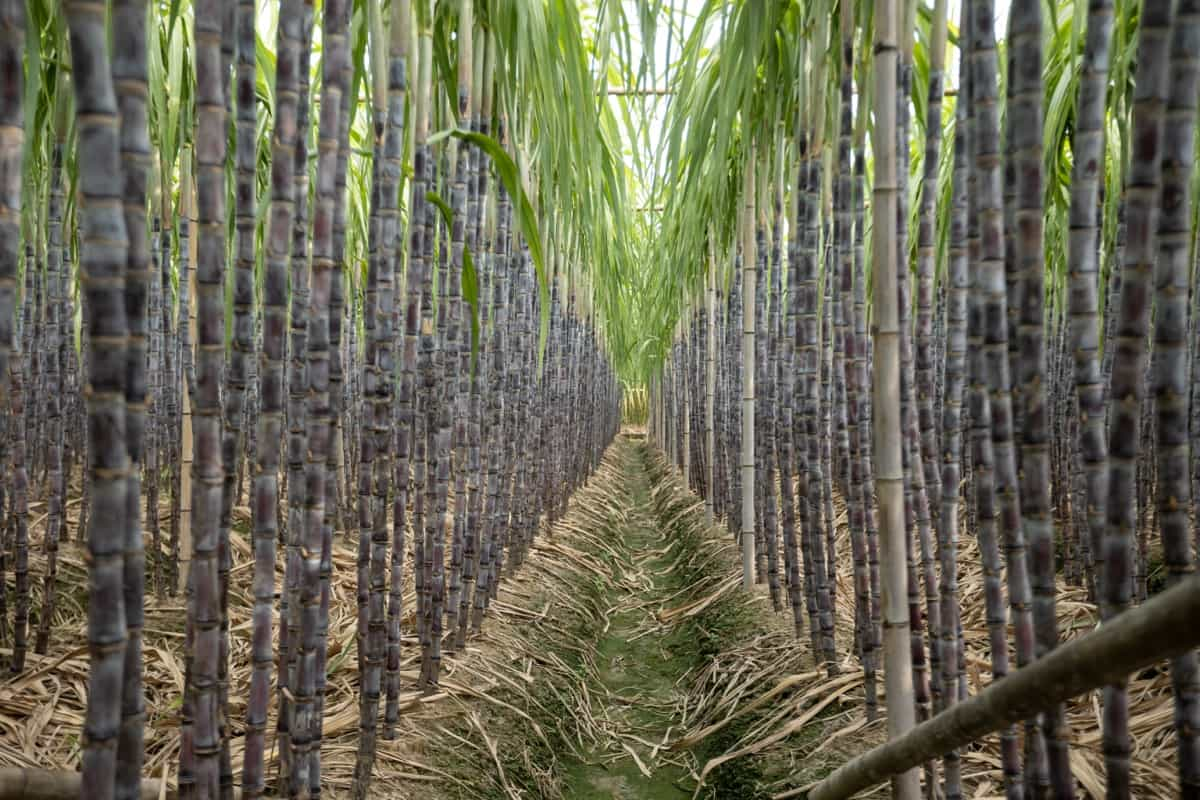
Moreover, Sugarcane farming generates press mud or filter cake, which contains organic matter beneficial for soil improvement when used as fertilizer. This by-product helps enhance soil fertility and structure while reducing the need for synthetic fertilizers. Furthermore, ethanol produced from Sugarcane fermentation plays a crucial role in renewable energy production worldwide.
Sustainability Practices in Sugarcane Farming
Sustainability practices in Sugarcane farming are crucial for the long-term health of both the environment and the crop itself. The key practice is implementing integrated pest management strategies to reduce reliance on chemical pesticides. By utilizing natural predators and beneficial insects, farmers can minimize their environmental impact while effectively managing pests.
Another important aspect of sustainability in Sugarcane farming is soil conservation. Implementing techniques such as minimum tillage and cover cropping helps to prevent erosion and maintain soil structure, promoting healthier crops for years to come. Water management is also a critical component of sustainable Sugarcane farming. Efficient irrigation, such as drip irrigation or scheduling water applications based on plant needs, can help conserve water resources and optimize crop yields.
Furthermore, adopting organic fertilization methods like composting or using biofertilizers reduces reliance on synthetic chemicals while improving soil health and fertility naturally. Integrating these sustainable practices not only benefits the environment but also ensures the viability of Sugarcane farming for future generations.
Future Trends in Sugarcane Agriculture
The emerging trend in Sugarcane farming is the integration of precision agriculture techniques. Farmers are increasingly utilizing drones and sensors to monitor crop health and optimize inputs effectively. Furthermore, sustainable practices are becoming a focal point for the industry. More farmers are adopting eco-friendly methods such as organic farming and IPM to reduce environmental impact and meet consumer demands for ethically produced sugar products.
In case you missed it: Sugarcane Cultivation in Tamil Nadu: Crop Profile, Management, Cost, Profit, and Yield
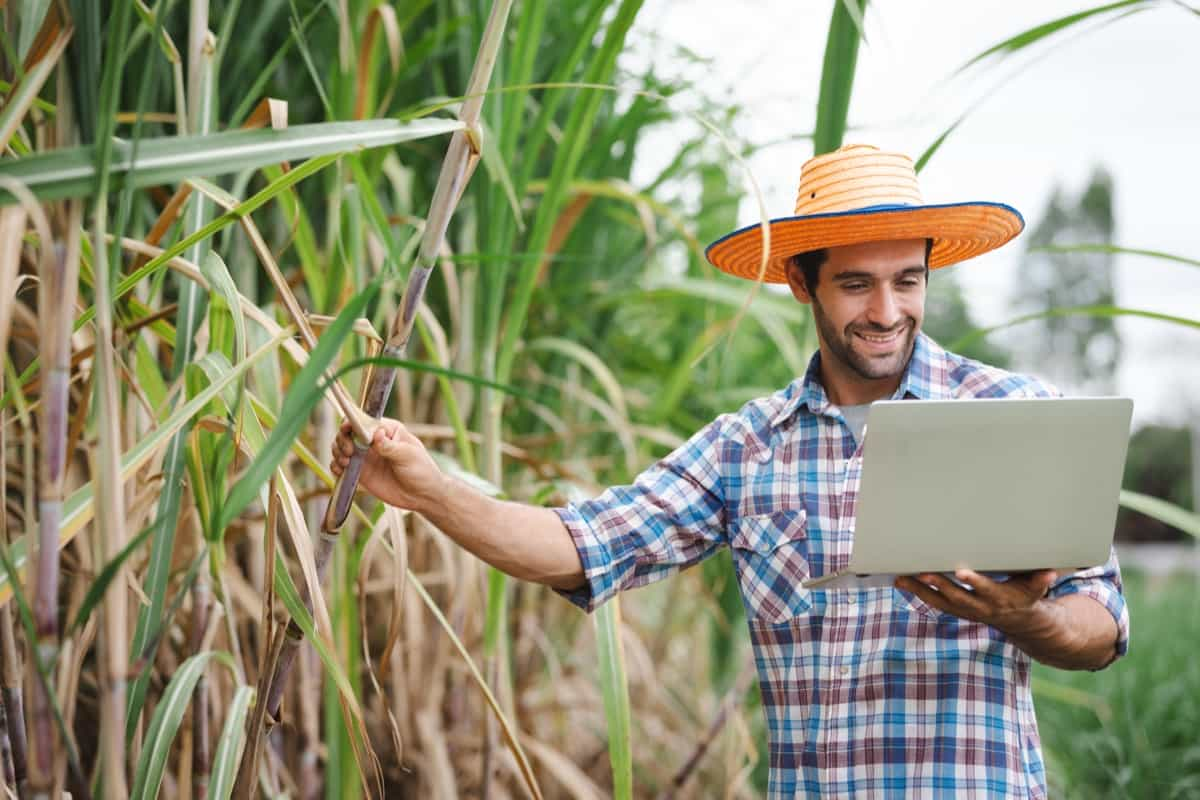
Innovations in genetic engineering also hold promise for enhancing Sugarcane varieties with improved yields, disease resistance, and stress tolerance. Scientists are working on developing genetically modified strains that can thrive in changing climate conditions while maintaining high productivity levels.
Sugarcane farming offers a promising opportunity for farmers to cultivate a versatile crop with various uses. By adopting best practices and embracing innovation, farmers can help meet the growing demand for sugar while safeguarding the environment and promoting long-term agricultural viability.
- Types of Pesticides Used in Agriculture: A Beginner’s Guide
- Economical Aquaculture: A Guide to Low-Budget Fish Farming
- 15 Common Planting Errors That Can Doom Your Fruit Trees
- How to Make Houseplants Bushy: Effective Tips and Ideas
- Innovative Strategies for Boosting Coconut Pollination and Yield
- Pollination Strategies for Maximum Pumpkin Yield
- The Complete Guide to Chicken Fattening: Strategies for Maximum Growth
- Natural Solutions for Tulip Problems: 100% Effective Remedies for Leaf and Bulb-Related Issues
- Revolutionizing Citrus Preservation: Towards a Healthier, Greener Future
- Natural Solutions for Peony Leaf and Flower Problems: 100% Effective Remedies
- Maximizing Profits with Avocado Contract Farming in India: A Comprehensive Guide
- Natural Solutions for Hydrangea Problems: 100% Effective Remedies for Leaf and Flowers
- The Ultimate Guide to Choosing the Perfect Foliage Friend: Bringing Life Indoors
- From Sunlight to Sustainability: 15 Ways to Use Solar Technology in Agriculture
- The Ultimate Guide to Dong Tao Chicken: Exploring from History to Raising
- The Eco-Friendly Makeover: How to Convert Your Unused Swimming Pool into a Fish Pond
- Mastering the Art of Delaware Chicken Farming: Essentials for Healthy Backyard Flocks
- 20 Best Homemade Fertilizers for Money Plant: DIY Recipes and Application Methods
- How to Craft a Comprehensive Free-Range Chicken Farming Business Plan
- Brighten Your Flock: Raising Easter Egger Chickens for Beauty and Bounty
- How to Optimize Your Poultry Egg Farm Business Plan with These Strategies
- Subsidy for Spirulina Cultivation: How Indian Government Schemes Encouraging Spirulina Farmers
- Ultimate Guide to Raising Dominique Chickens: Breeding, Feeding, Egg-Production, and Care
- Mastering the Art of Raising Jersey Giant Chickens: Care, Feeding, and More
- Ultimate Guide to Raising Legbar Chickens: Breeding, Farming Practices, Diet, Egg-Production
- How to Raise Welsummer Chickens: A Comprehensive Guide for Beginners
- How to Protect Indoor Plants in Winter: A Comprehensive Guide
- Ultimate Guide to Grow Bag Gardening: Tips, Tricks, and Planting Ideas for Urban Gardeners
- Guide to Lotus Cultivation: How to Propagate, Plant, Grow, Care, Cost, and Profit
- Agriculture Drone Subsidy Scheme: Government Kisan Subsidy, License, and How to Apply Online
- Ultimate Guide to Raising Araucana Chickens: Breed Profile, Farming Economics, Diet, and Care
- Bringing Hydroponics to Classroom: Importance, Benefits of Learning for School Students
- Ultimate Guide to Raising Polish Chickens: Breed Profile, Farming Economics, Diet, and Care
- Ultimate Guide to Raising Australorp Chickens: Profile, Farming Economics, Egg Production, Diet, and Care
- Silkie Chicken Farming: Raising Practices, Varieties, Egg Production, Diet, and Care
- Sussex Chicken Farming: Raising Practices, Varieties, Egg Production, Diet and Care
Good info on sugarcane farming.
Good day
I am doing a school research formy degree and i need data with respect to Sugar cane production quantities, quantities of green house gas (Co2, Co, NO2, NO, CH4, SO2, SO, etc) emission during the entire process. I am looking at statistics from cities in different countries like India, Thailand, Brazil, Australia and South Africa. If you have any of such data that canbe shared, iwill be very greatful for your kindness.
Regards
Thanks for the informative article. If you
could put more photos and videos which pricisely show each step, it will be of very much help…
Good work.
good.
Good Information sir , Every explanation is easily understandable .
Good information on sugarcane.
Very useful information…
it’s a great help thank you so much!!!
This is so informative